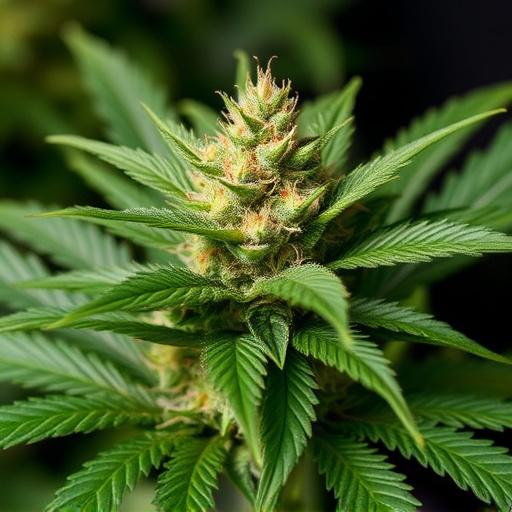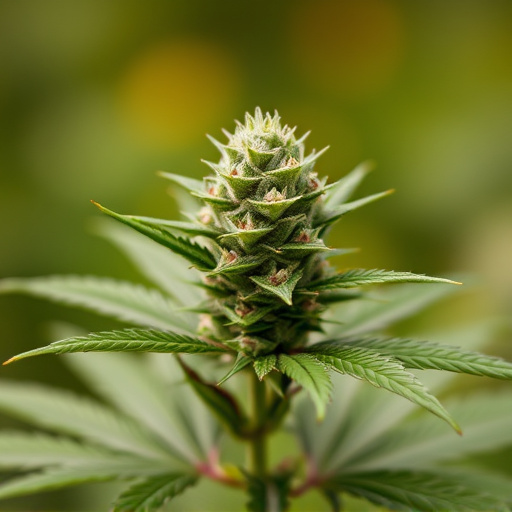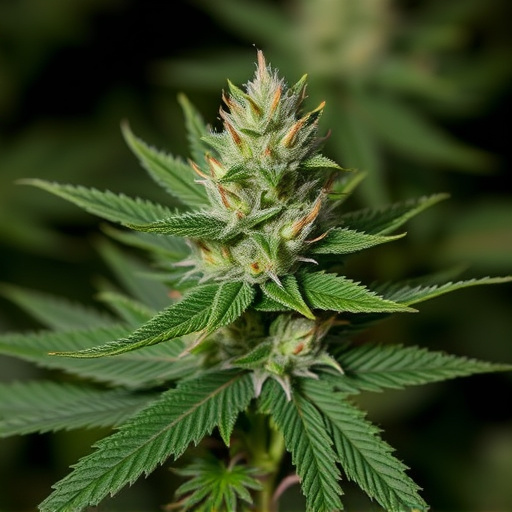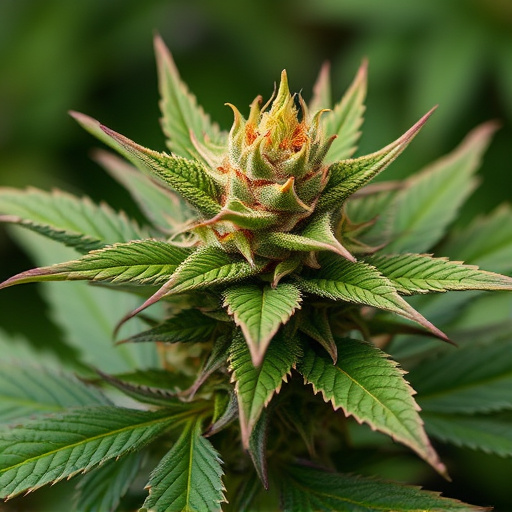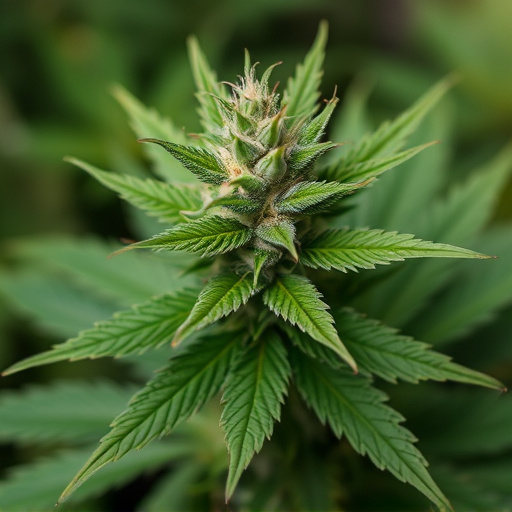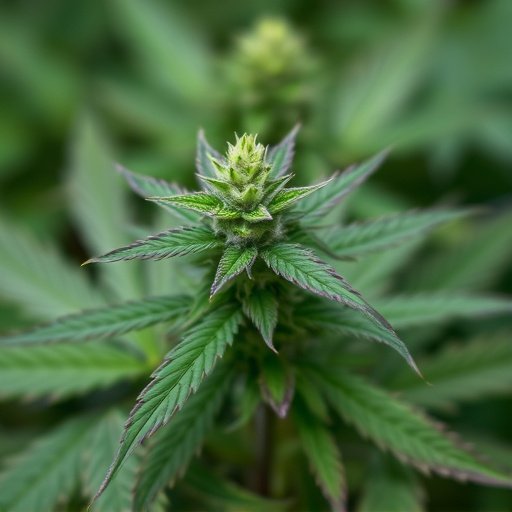Cannabis plants produce a variety of terpenes and aromatic molecules that contribute to their distinct scents and potential therapeutic effects, including relaxation from myrcene, making certain strains beneficial for fibromyalgia relief. The unique combination of terpenes and cannabinoids in different cannabis strains influences their olfactory experiences and medical applications. Growing conditions such as soil fertility and climate impact the essential oil profile and aroma of cannabis plants, with specific environmental factors affecting terpene production. Exploring tailored cannabis strains can offer an alternative to traditional medications for fibromyalgia patients.
Unraveling the intricate world of cannabis aroma is a captivating journey. This article explores the multifaceted determinants behind the diverse scents we encounter, from the therapeutic potential for fibromyalgia patients to environmental factors affecting cultivation. We delve into the science behind terpenes and aromatic compounds, uncovering their pivotal role in shaping the unique profiles of different cannabis strains. By understanding these elements, consumers can make informed choices, especially those seeking relief through specific cannabis strains for fibromyalgia management.
- The Role of Terpenes and Aromatic Compounds in Cannabis Scent
- Genetic Factors: How Strains Influence Aroma and Potential Benefits for Fibromyalgia
- Environmental Influences on Cannabis Aromas: From Soil to Final Product
The Role of Terpenes and Aromatic Compounds in Cannabis Scent
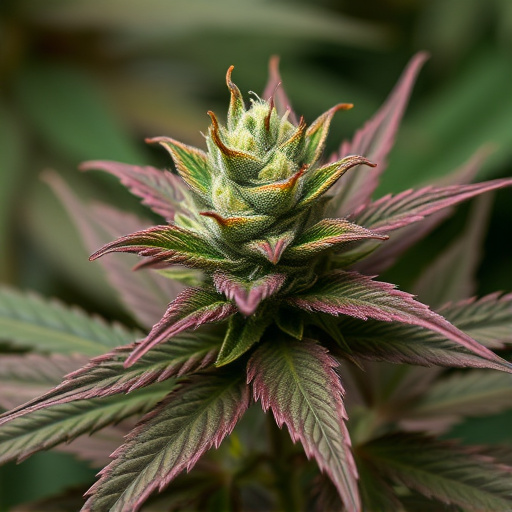
Cannabis plants produce a vast array of chemical compounds that contribute to their unique aroma and flavor profiles. Among these, terpenes and aromatic compounds play a pivotal role in shaping the scent of different cannabis strains. Terpenes are volatile organic compounds that occur naturally in many plants, including cannabis. They impart distinct aromas and flavors, with some terpenes known for their therapeutic properties. For instance, myrcene, one of the most prevalent terpenes in cannabis, is often linked to relaxing effects, making it appealing for those seeking relief from conditions like fibromyalgia.
These aromatic compounds interact with other cannabinoids, such as THC and CBD, to create a complex olfactory experience. The combination of various terpenes and their interactions with cannabinoids results in the diverse scents and potential therapeutic benefits associated with different cannabis strains. Understanding these chemical interactions offers insights into why certain strains are preferred for specific conditions, like fibromyalgia, where the right balance of terpenes can significantly impact the overall sensory and therapeutic experience.
Genetic Factors: How Strains Influence Aroma and Potential Benefits for Fibromyalgia
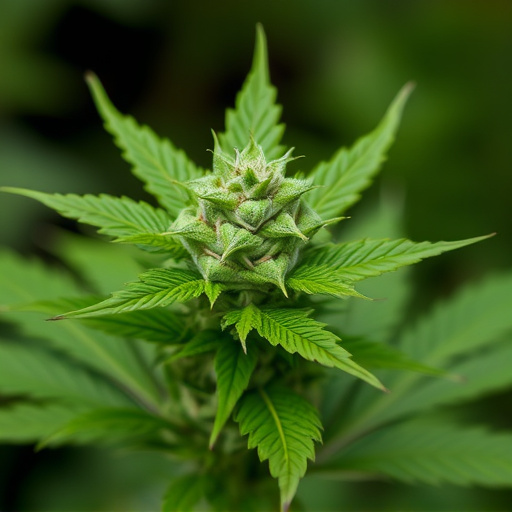
Cannabis aroma is greatly influenced by genetic factors, with different strains offering unique olfactory experiences and potential therapeutic benefits. Each strain possesses a distinct combination of terpenes and cannabinoids, which contribute to its characteristic scent and effects. For instance, some strains may emit citrusy or floral notes due to high levels of myrcene and linalool, while others might have earthy or spicy aromas from compounds like pinene and terpinolene.
In the context of managing fibromyalgia, certain cannabis strains have gained attention for their potential pain-relieving properties. Strains rich in CBD (cannabidiol), a non-psychoactive cannabinoid, are often sought after for their anti-inflammatory and analgesic effects. These strains may help alleviate chronic pain associated with fibromyalgia, offering an alternative approach to traditional medications. Exploring different cannabis strains for fibromyalgia can provide individuals with options tailored to their specific needs and preferences.
Environmental Influences on Cannabis Aromas: From Soil to Final Product

The environment in which cannabis plants are grown plays a significant role in shaping their unique aromas, from soil composition to climate conditions. Each cannabis strain possesses inherent aromatic characteristics, but external factors can dramatically influence these traits during the cultivation process. Soil fertility and nutrient content, for instance, contribute to the essential oil profile of the plant, directly impacting its scent and flavor. Certain nutrients, such as nitrogen, phosphorus, and potassium, play crucial roles in developing distinct aromatic compounds.
Additionally, environmental conditions like temperature, humidity, and light exposure can affect terpene production, which are volatile organic compounds responsible for cannabis’ distinctive aromas. Specific terpenes often correlate with therapeutic benefits; for example, myrcene is known for its relaxing properties, making it appealing to those seeking cannabis strains for fibromyalgia relief. Thus, understanding the interplay between environmental influences and genetic predispositions is key to cultivating cannabis varieties with desired aromas and potential medicinal benefits.
In conclusion, the unique aroma of cannabis is a multifaceted phenomenon, driven by a complex interplay of terpenes, genetic factors, and environmental influences. Understanding these elements, particularly how certain strains may offer potential benefits for managing fibromyalgia symptoms through their aromatic compounds, opens doors to enhanced therapeutic applications. By exploring the rich scent landscape of cannabis, we can uncover innovative ways to alleviate pain and promote well-being.







